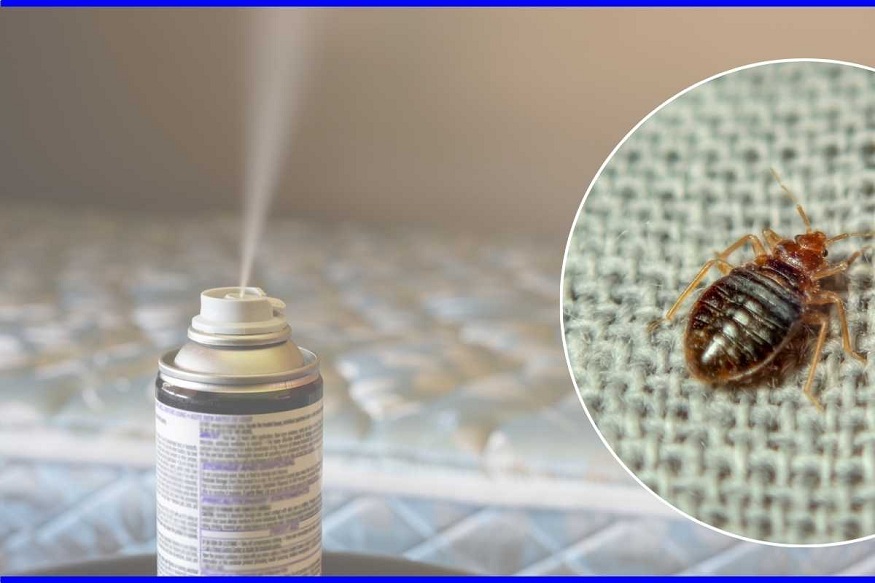Essential Elements of Fire Suppression Design and Maintenance
Fire safety systems are a critical component of any facility. These systems are designed to detect and suppress a fire before it can cause damage or loss of life.
Fire suppression system design includes analyzing potential sources of fire and combustibles to choose the right type of suppressant chemicals or systems to safeguard the facility. They also incorporate ancillary components such as indicators and remote monitoring.
Design
Fire suppression design and maintenance New York City NY, are critical to your building safety strategy. Engineers create detailed plans utilizing precise measurements and diagrams to ensure all necessary equipment is located where needed.
Sprinkler systems are activated by heat and release water to control or extinguish a fire, mitigating damage and potential injuries. They also help cool the area, reducing the risk of flashover.
Other fire protection measures are passive, such as smoke detectors and alarms. These systems monitor combustible materials and provide early warning to staff members.
Other passive protection measures include fire doors, egress paths, and outdoor areas not blocked by carts, vehicles, or trash receptacles. These paths must be unobstructed, visible, and easily accessible to employees during a fire. In addition, exit signs must be clear and operating, and emergency lighting batteries should be functional. These systems are vital for reducing injury, property damage, and the loss of life.
Installation
Since childhood, most of us have been taught that water puts out a fire. While this is still a good general rule, some situations may require something different than water. This is why fire suppression systems are designed with multiple options and special considerations beyond code requirements.
Once a fire protection design has been established, it is time to start installing the system. Authorized distributors or application engineers typically do this, which can take up to 16 hours for electrical systems.
Some fire suppression systems automatically release an external substance to suppress a fire once the alarm is activated. Others can be activated by a manual lever or button located in convenient locations near exits. Most of these systems reduce oxygen levels in space so that combustible fuels cannot continue to burn. This can be achieved through dry gas, foam, or a combination. Some systems remove heat and suffocate a fire through air convection or evaporation.
Maintenance
Fire suppression systems need regular inspections and testing to ensure that all components work together when needed. Damaged parts can cause a system to activate when no fire is present or fail to activate at all. For example, if the detection tubing is damaged by chaffing or cracking, a fire could develop and cause the system to discharge, whether there is a fire or not.
Oil and gas process facilities often contain highly flammable materials, making fire protection a critical investment. A fire suppression system can prevent extensive property damage and loss of life by preventing the spread of fires in these facilities.
In addition to fire suppression systems, it’s essential to include passive and active fire safety measures. For example, providing adequate occupant evacuation egress routes and ensuring that all fire extinguishers are easily accessible can mitigate threats before the fire department arrives. Passive and active fire protection measures also require routine maintenance and inspections.
Commissioning
Many owners today request that their fire protection and life safety systems be commissioned as part of a building commissioning process. This ensures that all systems are debugged, coordinated, tested, and documented to work together seamlessly in various conditions/scenarios before the new building receives its certificate of occupancy.
Designers analyze a building’s layout and construction materials to choose the best types of fire suppression chemicals or systems. They also consider the fire department’s access requirements when designing fire department connections (FDCs), fire command centers, fire pump rooms, and hose valves.
After the installation, the system should be commissioned by an authorized individual, usually an engineer or technician. The commissioning process includes a final inspection, testing, and activating the system to its trusted state. Ideally, the commissioning engineer will be an FDIA-registered gas commissioner. This will ensure the commissioning engineer has the appropriate knowledge and credentials to work on a fire suppression system.



